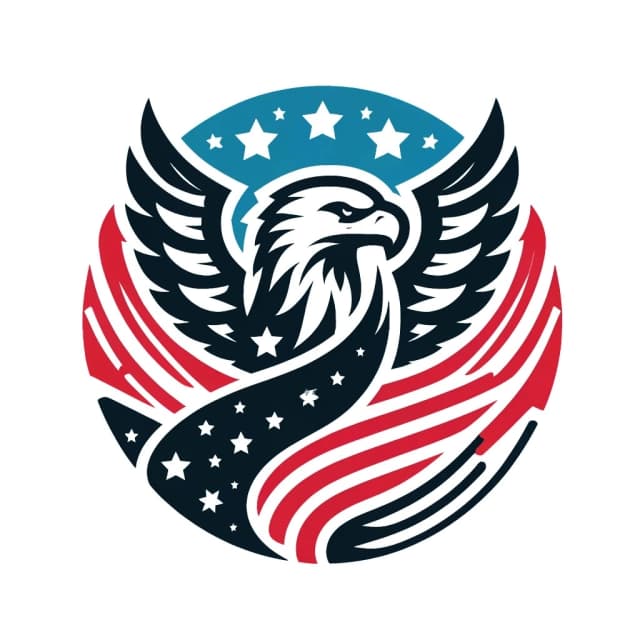- Published on
- Authors

- Name
- GovCon
Supply Chain Management Best Practices for Government Contractors
In the high-stakes world of government contracting, supply chain management (SCM) can make or break a project. When executed flawlessly, it ensures timely delivery, cost-efficiency, and compliance with stringent regulations. However, falling short in any one area can spell disaster. Fear not! This blog post is here to guide you through some of the best practices for acing SCM in the realm of government contracts.
Understanding the Unique Requirements
Regulatory Compliance
Government contracts come with a host of regulations. From FAR (Federal Acquisition Regulation) to DFARS (Defense Federal Acquisition Regulation Supplement), there are numerous guidelines to follow. Understanding these rules is pivotal for effective supply chain management.
- FAR: Applicable to all federal contracts.
- DFARS: Specific to the Department of Defense contracts.
Ignoring these could not only lead to penalties but also jeopardize your contract.
Risk Management
Risks in government contracting range from political shifts to compliance issues. Establishing a robust risk management framework involves:
- Identification: Recognize potential risks early.
- Assessment: Evaluate the impact and likelihood.
- Mitigation: Develop plans to minimize the risk impact.
Proactive risk management ensures that your supply chain remains resilient under adverse conditions.
Building Strong Supplier Relationships
Supplier Selection
Choosing the right suppliers is the backbone of effective SCM. Key criteria include:
- Reliability: Consistent delivery of high-quality products or services.
- Capacity: Ability to scale operations according to project demands.
- Compliance: Adherence to regulatory requirements.
Collaborative Partnerships
Traditional buyer-supplier relationships are transactional. In contrast, collaborative partnerships focus on mutual growth and long-term benefits. Encourage open communication, joint problem-solving, and shared objectives.
Performance Monitoring
Constantly monitor your suppliers' performance. Metrics to consider:
- On-time Delivery Rate: Ensures project timelines are met.
- Defect Rate: Measures the quality of goods/services.
- Compliance Rate: Tracks adherence to regulatory requirements.
Leveraging Technology
ERP Systems
Enterprise Resource Planning (ERP) systems unify various SCM processes. They offer real-time data, which is crucial for decision-making. Benefits include:
- Integration: Seamless data flow between departments.
- Automation: Reduces manual errors.
- Visibility: Enhances transparency across the supply chain.
Popular ERP systems like SAP, Oracle, and Microsoft Dynamics can be customized to meet the specific needs of government contractors.
Blockchain for Transparency
Blockchain technology offers unparalleled transparency and security. By creating an immutable ledger of transactions, it ensures:
- Traceability: Key for compliance and audits.
- Security: Prevents data tampering.
- Efficiency: Streamlines processes by eliminating intermediaries.
Sustainable Practices
Environmental Responsibility
Sustainable supply chain management isn't just good ethics; it's often a contractual requirement. Sustainable practices include:
- Green Procurement: Favor suppliers who prioritize eco-friendly materials.
- Waste Reduction: Implement systems to minimize waste during production.
- Energy Efficiency: Invest in energy-efficient machinery and practices.
Social Responsibility
Beyond environmental concerns, social responsibility matters too. This could mean:
- Fair Labor Practices: Ensure suppliers adhere to labor regulations.
- Diversity: Support suppliers from diverse backgrounds.
- Community Impact: Engage in activities that benefit local communities.
Continuous Improvement
Lean Practices
Implementing lean management practices can help eliminate waste and optimize processes. Principles include:
- Kaizen: Continuous, incremental improvements.
- Value Stream Mapping: Visualizes processes to identify inefficiencies.
- Just-in-Time: Reduces inventory costs by aligning production schedules with demand.
Six Sigma
Six Sigma focuses on eliminating defects and improving quality through a data-driven approach. Integrating this methodology ensures your supply chain consistently meets government standards.
Conclusion
Mastering supply chain management for government contracts can feel like navigating a labyrinth, but with the right practices, it becomes second nature. From understanding stringent regulatory requirements to leveraging cutting-edge technologies, these best practices provide a roadmap to success.
By focusing on strong supplier relationships, sustainable practices, and continuous improvement, you not only enhance efficiency but also gain a competitive edge. So, gear up and transform your supply chain into a well-oiled machine, ready to handle the demands of government contracting with finesse and precision.
